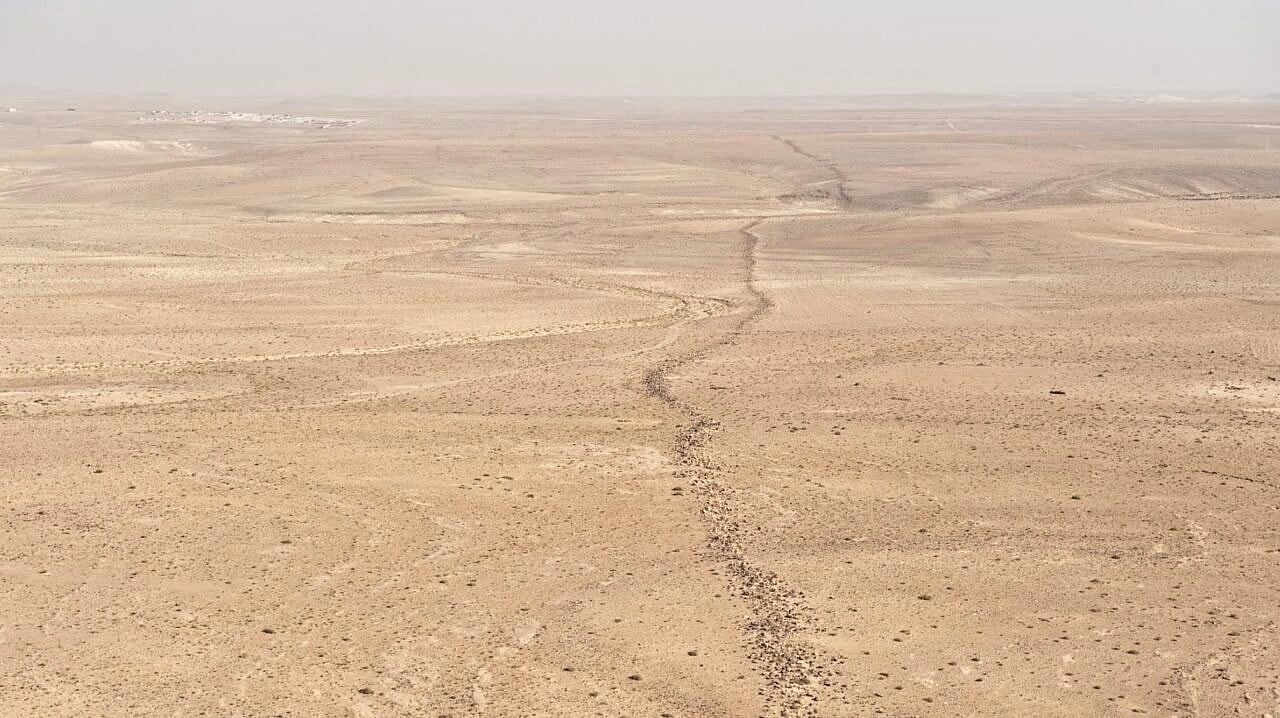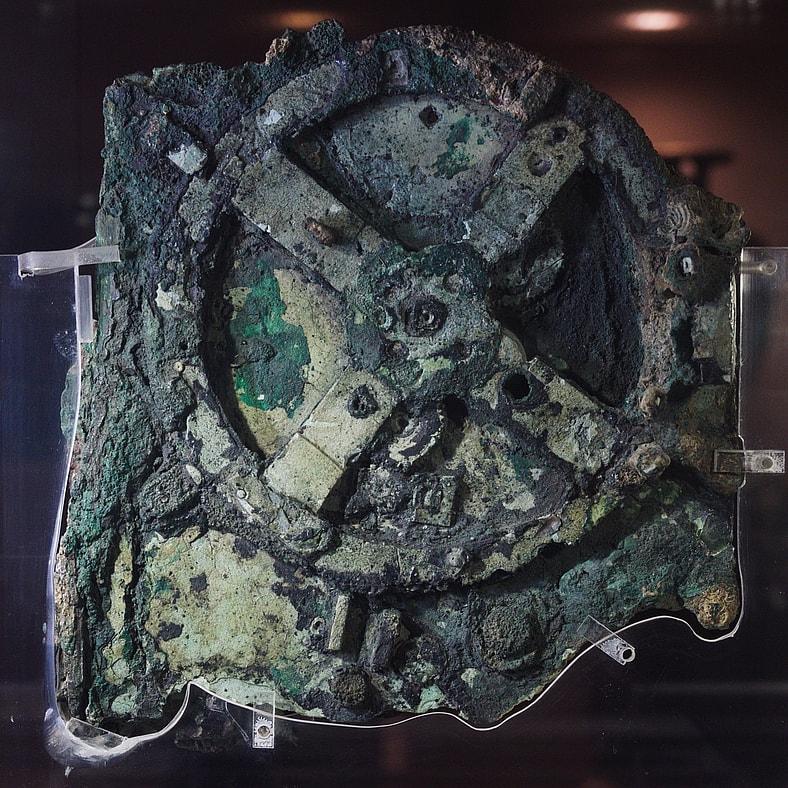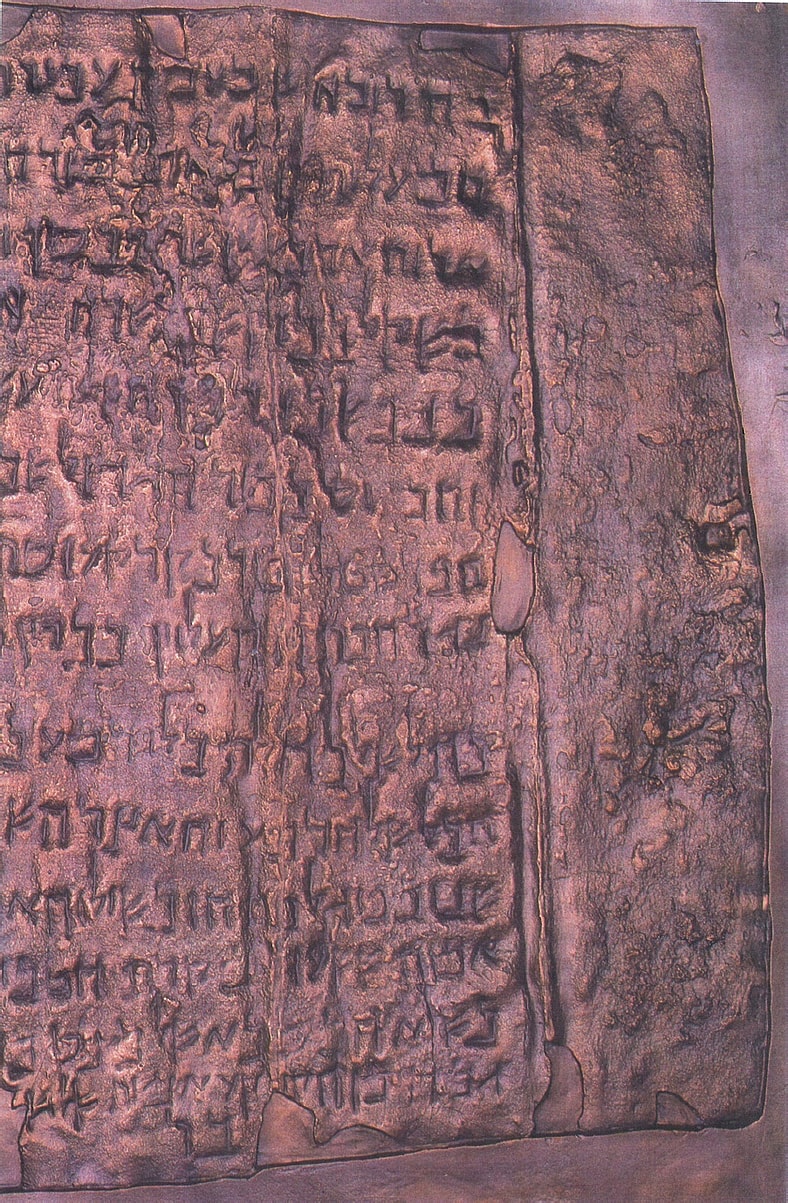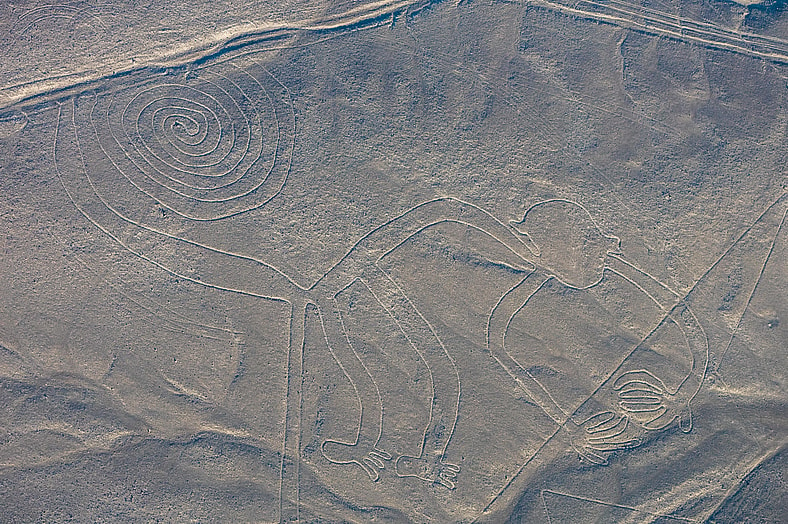
While there are plenty of archaeological artifacts in the world, we know the exact use for them, there’s something about mysterious archaeological discoveries that just draws the curiosity of people around the world. Ranging from scrolls to a wall made of scattered rocks, keep reading to learn more about these six mysterious archaeological discoveries from throughout time.
6. The Khatt Shebib

Ranking sixth on our list of mysterious archaeological discoveries is the Khatt Shebib. Measuring 93 miles long, the stone wall should have an obvious purpose, but instead it’s shrouded in mystery. The Khatt Shebib, located in Jordan, was first discovered in 1948. However, archaeologists have no idea when, why, or who built it. While in ruins now, the wall used to be a little over three feet tall and is thought to have served as a boundary between ancient farmlands and nomadic farming pastures.
5. Voynich Manuscript

Fifth on our list of mysterious archaeological discoveries is the Voynich manuscript. The ancient text is one of the most mysterious books in the world, with 250 pages filled with a language no one can read and illustrated with a range of images. The manuscript was found by an antique bookseller in 1912 and now sits in Yale University’s Beinecke Rare Book & Manuscript Library. It has been dated to around 600 years ago and was likely written in Central Europe.
4. Gobekli Tepe

Next on our list of mysterious archaeological discoveries is the Gobekli Tepe. While it has often been thought that humans created towns, farmed, and built temples, a discovery in 1994 has thrown that idea out the window. The Gobleki Tepe is a rural area of Turkey, featuring multiple rings of huge stone pillars carved with scenes of animals, and dating to the 10th millennium BC. As agriculture didn’t come to that area until five centuries later, it begs the question: what came first, places of worship or settlements?
3. Antikythera Mechanism

Rounding out the top three mysterious archaeological discoveries is the Antikythera Mechanism. The artifact is like something out of a treasure movie, found on the sunken wreckage of a Greek cargo ship that dates to at least 2,000 years old. The circular bronze mechanism holds a maze of interlocking gears and mysterious characters etched over its exposed faces. First thought to be a navigational astrolabe, archaeologists are still trying to figure out its true purpose, other than being an intricate astronomical calendar.
2. Copper Scroll

Second on our list of mysterious archaeological discoveries is the copper scroll. Discovered at the site of Qumran in 1952, it was found alongside the Dead Sea Scrolls and dates back nearly 2,000 years. Some researchers believe the scroll might describe a treasure of gold and silver hidden by the locals in the area to keep it out of Roman forces during the time period, though no one today knows where the treasure might be, or if it even exists.
1. Nazca Lines

Last but not least on our list of mysterious archaeological discoveries is the Nazca Lines. If you are on ground level and see some of the lines, they may seem like nothing crazy, but it’s when you get airborne that the lines truly come to life. First seen by commercial aircraft in the 1920s and 30s in Peru, the lines transform into hundreds of designs, including animals, plants, and imaginary figures that were made over 2,000 years ago by people in the pre-Inca Nazca culture. Why they did this remains a mystery, but there is no denying that the Nazca Lines are incredibly interesting to look at.
